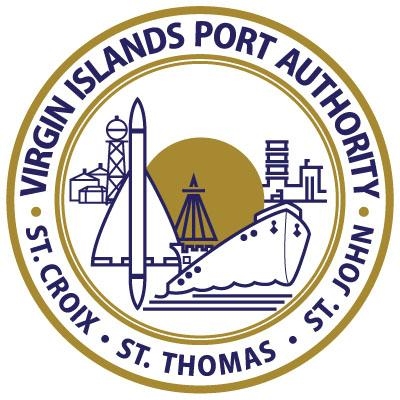Go Not Quietly Into the Night
On 15 February 2021, a Bell 206B JetRanger III helicopter, registration N13AT, operated by Caribbean Buzz Helicopters suffered a fatal accident while conducting a sightseeing flight under Part 91 of the Federal Aviation Regulations. The accident, which occurred in the vicinity of St. Thomas, U.S. Virgin Islands, claimed the life of pilot Maria Rodriguez (55), and three passengers: Daniel Yannone (54); his wife, Neisha Zahn (52); and son, Tyler Yannone.

The JetRanger III reportedly lost engine power; descended into steep, heavily-wooded terrain; and was largely consumed in a post-crash fire. NTSB investigators posited the helicopter’s proximity to terrain at the time of the power loss precluded successful autorotation.
Examination of the 206B’s Rolls-Royce engine disclosed evidence of fatigue fractures in two of the powerplant’s stage-3 and the majority of its stage 6 compressor blades. The liberation of the two stage-3 blades led to their ingestion within the remaining compressor stages, and resulted in the total loss of engine power to which the accident was ultimately attributed.
Investigators further determined failure on the part of maintenance personnel to inspect the engine at the manufacturer’s recommended interval for operation in the corrosive saltwater environment characteristic of the U.S. Virgin Islands had contributed to the failure of the compressor blades.
On 15 February 2023—two-years to the day after the loss of N13AT and all souls aboard—the family of pilot Maria Rodriguez has filed a lawsuit against numerous defendants, including the manufacturer of the failed engine.
Plaintiff’s attorney Christopher Kroblin stated: "This is a lawsuit seeking damages from a horrific helicopter crash occurring on the island of St. Thomas wherein the pilot and passengers were killed."
Filed on behalf of Rodriguez’s husband, Nicolas Van Heurck; her children; parents; and estate, the lawsuit alleges numerous claims, including wrongful death, product defect, survival claim, and loss of consortium. The plaintiffs, in addition to seeking punitive damages, are demanding a jury trial.

Defendants named in the lawsuit are the Rolls Royce Corporation; Aviall Inc., an OEM subcontractor that supplies Rolls-Royce with turbine engine compressor assemblies; Dallas Airmotive Inc., a major turbine-engine Maintenance, Repair, and Overhaul (MRO) concern; Standard Aero Business Aviation Services LLC, a provider of aviation engine repairs and services; and "John Doe Corporations 1 through 5," which though not yet identified are "believed to be distributors, manufacturers, installers, resellers, and/or maintainers of the faulty engine and/or components.”
The Rodriguez family’s lawsuit sets forth that during an overhaul performed between December 2008 and January 2009, a new stage-1 compressor wheel, as well as stage-2 and 3 compressor wheels and impellers were installed in the downed JetRanger III’s engine.
In a final paroxysm of litigious bellicosity, the lawsuit asserts the helicopter : " … crashed either due to a contained failure with the compressor or some other defect with the engine or compressor," and the defendants "acted with reckless indifference" by "recklessly manufacturing, installing, and servicing, and recklessly failing to recall a product that was fatally defective such that punitive damages must be awarded."
The lawsuit follows the January 2023 publication of the NTSB’s final report on the accident. Subject report states:
“The National Transportation Safety Board determines the probable cause(s) of this accident to be: A total loss of engine power due to fatigue failure of two of the stage 3 compressor blades. Contributing to the failure of the compressor blades was the failure of maintenance personnel to inspect the compressor at the recommended interval for operation in corrosive environments.”
 ANN's Daily Aero-Term (12.14.25): Local Airport Advisory (LAA)
ANN's Daily Aero-Term (12.14.25): Local Airport Advisory (LAA) Airborne 12.08.25: Samaritans Purse Hijack, FAA Med Relief, China Rocket Fail
Airborne 12.08.25: Samaritans Purse Hijack, FAA Med Relief, China Rocket Fail ANN's Daily Aero-Linx (12.15.25)
ANN's Daily Aero-Linx (12.15.25) Airborne 12.10.25: New Gulfstream, ATC Integrator, Outrageous FFZ User Fees
Airborne 12.10.25: New Gulfstream, ATC Integrator, Outrageous FFZ User Fees Airborne-NextGen 12.09.25: Amazon Crash, China Rocket Accident, UAV Black Hawk
Airborne-NextGen 12.09.25: Amazon Crash, China Rocket Accident, UAV Black Hawk




